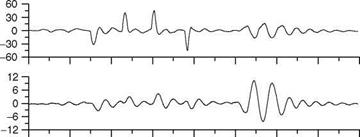Large Amplitude Maneuvers
Large amplitude maneuvers could occur during certain regimes perhaps due to loss of stability, damping, or control effectiveness. Also, it may not be possible to trim a
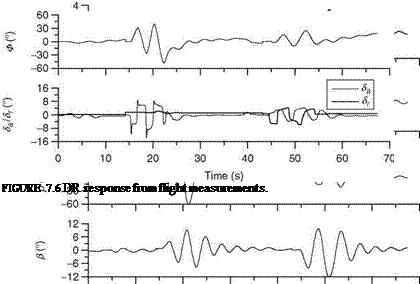 |
given airplane at certain AOAs, and hence small amplitude maneuvers are not useful. For such a situation, using large amplitude maneuvers (LAMs) and data partitioning, it is possible to generate aerodynamic derivatives over the AOA range covered by the LAM [11]. The method for analyzing these maneuvers consists of partitioning, i. e., dividing the LAM that covers a large AOA range to several bins or subsets, each of which spans a smaller range of the AOA, and a stepwise modified linear regression (SMLR) method to determine the structure of the aerodynamic model
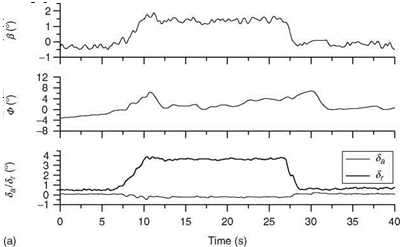 |
within each bin. LAM data in the longitudinal axis are generated by giving doublets and multistep 3-2-1-1 inputs with different large amplitudes to the pitch stick. The LD characteristics can also be evaluated at high angle of attack by performing longitudinal LAMs; i. e., when large excursions of angle of attack are made and LD maneuver generating command input is given. Typical LAM flight-time histories are shown in Figure 7.8. A parameter estimation case study using LAM data is presented in Chapter 9.
![]()
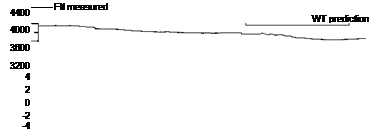 |
|
|
|
|
|
|
|
|
|
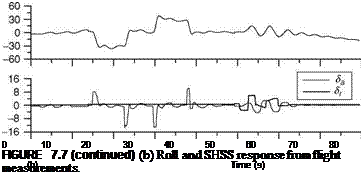 |

![]()











